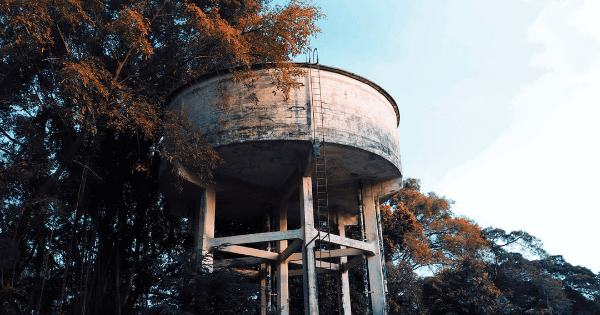
Tank liners play a significant role in the durability and integrity of your storage facility. The linings keep the stored liquids from coming into contact with the metal or concrete structure. It protects the main containment materials from corrosion, thus extending the service life of your tanks.
Types of Liners
Tank linings are made of different materials, depending on the chemicals or liquids they store. The liners must meet government regulation and industry standards for the storage of specific liquids. Some of the materials include:
- Polyvinyl chloride: PVC is highly resistant to chemical corrosion, making it preferable in chemical industries. The plastic protects the tanks from chemical damage and product contamination.
- Epoxy: Liners are made from epoxy resins that are characteristically chemical resistant. Additionally, cured epoxy has a high heat tolerance and can withstand temperatures of up to 320 degrees Fahrenheit.
- Cementitious Liners: The linings include modified acrylic polymers used to waterproof concrete water tanks. They are commonly used in water treatment tanks and large concrete tanks.
- Polyurethane: Polyurea products are applied in gel-form and offer increased flexibility for industrial chemical tanks. The material is highly resistant to abrasion and perfect for lining concrete tanks.
- Zinc liners: Zinc silicate is used to offer protection to metal tanks through its galvanizing properties. The cathode-protection provides an effective barrier for your tanks from corrosion and contamination.
Purchasing the right containment products ensure you safely contain chemicals by preventing leakages and corrosion. You need to understand your storage needs before finding the right material for use. Here are some factors that you may consider.
1. Regulations
The liners you choose should be compliant with the storage standards in your respective industry. It’s also important to look at the various government regulations put in place. For example, the Environmental protection agency states that all storage tanks with a capacity of over 110 gallons fall under federal control. Therefore, if your tanks meet this capacity, you’ll need to show various containment measures that prevent leakages and contamination.
2. Durability
You’ll need a material that will last longer and extend the service life of your tanks. Reinforced membranes such as PVC and polyurethane have high abrasion resistance with high puncture strength. The containment material should protect the liquid stored from weather elements such as UV radiations that may affect its chemical integrity. Durable liners reduce the need for frequent maintenance of the outer structure.
3. Installation
Take time to consider the installation process for your protective liners. Some materials are easy to apply, taking the configurations of your storage tanks. Choose a material that is easy to install. Some products, such as epoxy, are painted to cover the tanks and left to cure and dry. Custom liners are easy to set up than building a double-walled shell.
4. Customizable
The containment products you choose should be customizable to your needs. The lining should be fabricated to the exact specifications and design of your storage tanks. Custom tank liners improve the efficiency of your containers in preventing leaking and corrosion.
In Conclusion
Secondary containment products protect your liquid from contamination, prevent leaks, and reduce the need for frequent tank maintenance. Take time to choose the right custom lining that aligns with the set regulations. If you need more information, contact Flexi-Liner to discuss your tank liner needs.
